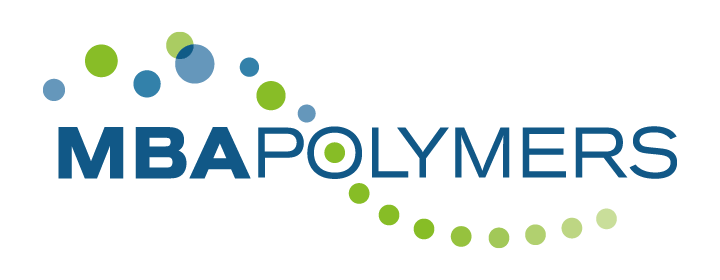MBA’s first joint venture in Europe was formed with Austria’s Müller-Guttenbrunn Group in 2004. Together, we established MBA Polymers Austria in the same year. With nearly 60 years’ heritage, Müller-Guttenbrunn operates in 20 locations across Central and South-Eastern Europe, and employs 1,300 people. The company’s actions are guided by a strong sense of family values and a deep respect for environmental compliance. Its strengths lie in recycling end-of-life vehicles and metal waste, and increasingly, in processing e-waste.
Müller-Guttenbrunn unveiled Austria’s largest e-waste shredder in May 2013 and is experiencing significant growth in this market. All recyclable waste plastics are delivered to MBA Austria for recycling.
“Given that electronic and electrical waste is Europe’s fastest growing waste stream, it makes good business sense for us to maximise this opportunity and ensure that we process as much e-waste here as possible. This reduces the amount of e-waste being exported to developing countries, helps to fulfil EU WEEE targets and helps to create a valuable source of secondary raw materials,” says CEO Christian Müller-Guttenbrunn. “Ultimately, it benefits our company as well as the European economy.”
Müller-Guttenbrunn’s new e-waste shredder has an annual capacity of 80,000 metric tonnes. Material is either sourced from municipalities, businesses, retail chains and OEMs and pre-processed by the company’s patented smasher, or de-polluted externally prior to delivery by specialist companies dealing with TV screens, fridges and the re-use of electronics.
Using advanced shredding and recovery techniques, the shredder recovers ferrous metals to high specifications, ensuring even size distribution and low levels of contaminants. This ensures the highest possible recovery rates of copper and precious metals during the subsequent separation of non-ferrous materials at the Müller-Guttenbrunn-owned company Metran. It also improves the quality of the plastic sent for recycling at the MBA Polymers Austria facility.
“Our joint venture with Müller-Guttenbrunn was an important step in the evolution of MBA Polymers in Europe, and has helped to ensure a steady stream of efficiently processed plastic residue for recycling,” says Nigel Hunton, CEO, MBA Polymers. “As the volume of e-waste in Europe continues to grow, it’s vital that companies such as Müller-Guttenbrunn and MBA Polymers keep innovating in the field of advanced recycling. This is a highly effective and economical route to diverting waste from being exported or landfilled and ensuring that materials are reused in a circular economy.”

Journey to e-waste recycling
Having begun life recycling metals, the Müller-Guttenbrunn Group grew its business substantially when the borders of the former Eastern European block were opened. It is now active in Austria, Czech Republic, Hungary, Romania and Bulgaria. The company decided to focus on e-waste in the 1990s. Since then, it has enjoyed continual expansion, particularly in the field of e-waste treatment. Prior to the introduction of its new Austrian shredder, the group established another specialised e-waste shredder near Arad in Northern Romania in 2012.
The Metran facility accepts shredder residue from companies throughout the group as well as from other shredder companies. The Müller-Guttenbrunn Group was awarded with second place in the Phoenix Prize for outstanding work in the processing of e-waste at Metran in 2004.












